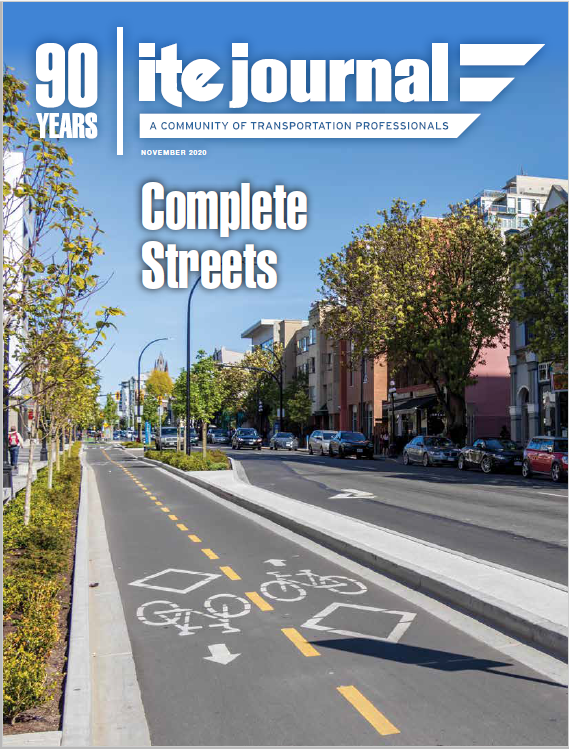
The term “Complete Streets” describes something we as professionals have long strived for on our roads. From a technical perspective, the emergence of the term around 2003 somewhat troubled me, since it seemingly states the obvious. It has always been normal to consider the context, characteristics, and users of every street. But what has gotten in the way is how we’ve decided to use available funds. Many times, we as professionals focus on the street or the rails to such an extent that it missed filling out the system investment in an equitable, balanced modal way in many urban areas. The result led us to incomplete streets. For Denver Bronco fans, say it loud, IN-COM-PLETE.
My work experience in Oregon and California was built on legislation affecting the transportation profession. In 1969 when Senator Scoop Jackson ushered the National Environmental Policy Act for President Nixon’s approval, leading to the 1970 enactment of the California Environmental Quality Act by Governor Ronald Reagan, the groundwork for transportation studies that address environmental impacts was laid. My work allowed me to advance analysis of various modes. When I joined the start-up firm DKS Associates in 1979, each of the principals were working on a spectrum of transportation perspectives, providing mentoring in safety, transportation demand management, forecasting; light rail transit, land use development, and traffic calming. In 1985, NCHRP 279 established that conversions of four- and six-lane streets to three and five lanes was safer, providing space for repurposing streets. By 1991, the Oregon Transportation Planning Rule was enacted, requiring bikeways on arterials and major collectors. This was my new normal.
In the 30 years since the Americans with Disabilities Act was enacted, whose job is it to make sure streets are accessible? To make streets convenient and comfortable in urban areas for all users of various modes together with motor vehicles? To make streets emergency service and truck friendly? Healthier? More livable? More efficient? More equitable?
That responsibility is ours. While we have given the term a name in the last couple of decades, let’s remember it has always been our job to make streets “complete”. We can’t let the inertia of incomplete funding decisions dissuade us. Each time we use the excuse “we don’t have enough budget or staff” (rather than strategically making decisions about our community needs), we are contributing to incomplete streets. We will never have enough funding. Obtaining public support for the investment and the accountability needed a name, which is why we have Complete Streets. Achieving these types of roads in our communities can’t fall victim to scarcity-based decision making.
Going forward we can optimize each street and highway project with multi-layered analysis of streets using GIS, transportation inventories of volumes, safety, operations, and many more factors. In urban areas, that involves investing wisely as we move from undeveloped to developed, and developed to re-developed. In rural areas, the use of shoulders is not just for safety—it is good for bicyclists, truckers, and walkers. Safety, livability, accessibility, environment, economic development, and efficient mobility provide ample justification for investing—completely.
ITE has taken steps breaking down organizational silos in creating the Complete Streets Council. Are you completely ready?